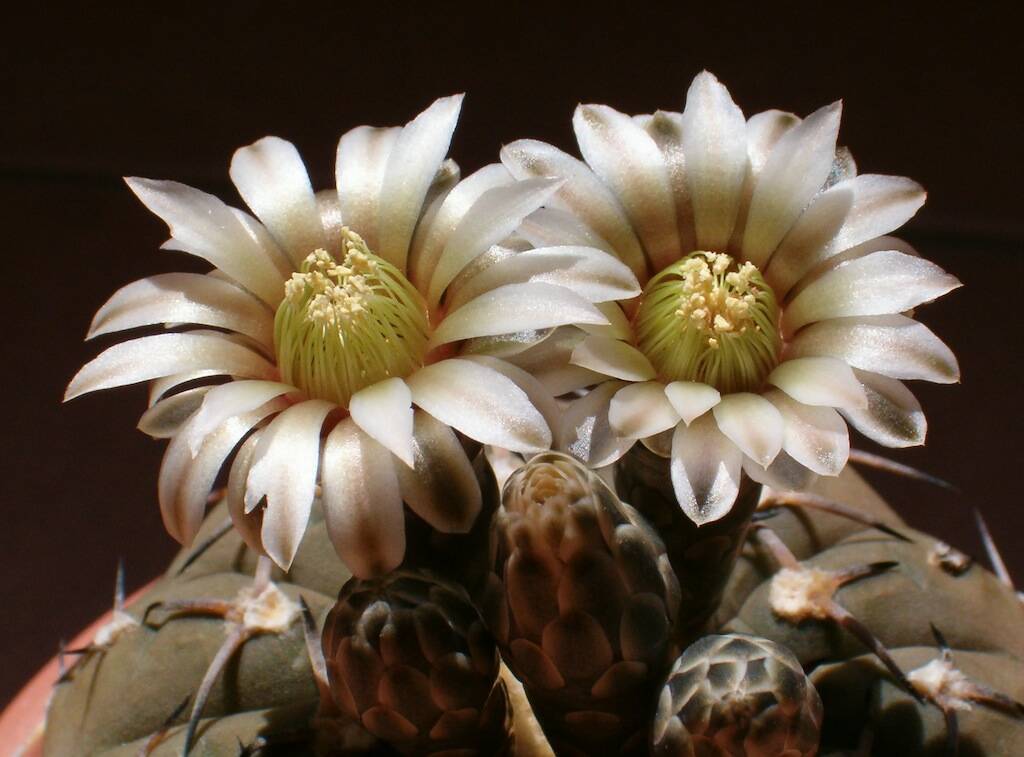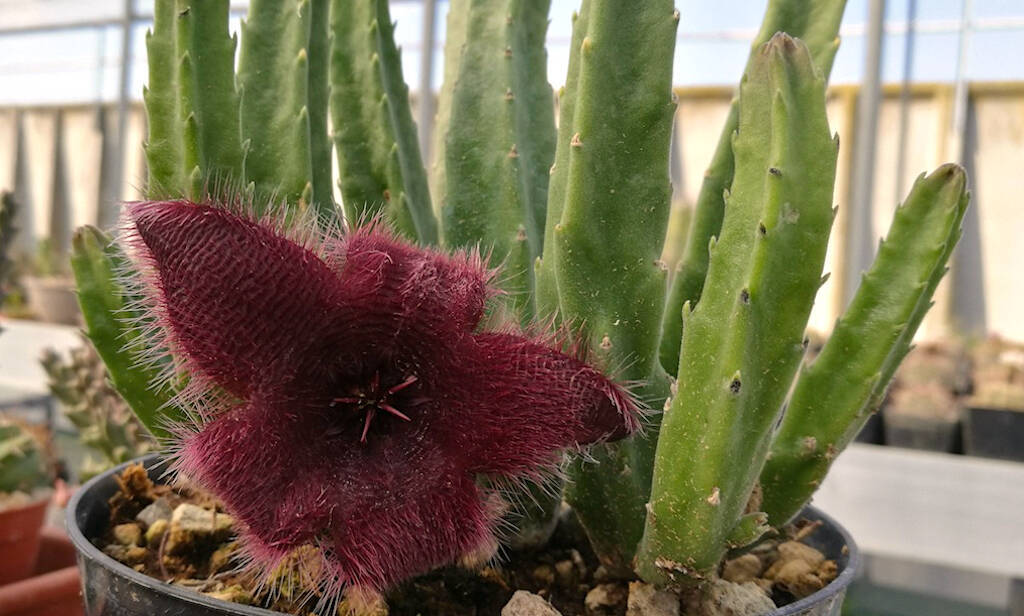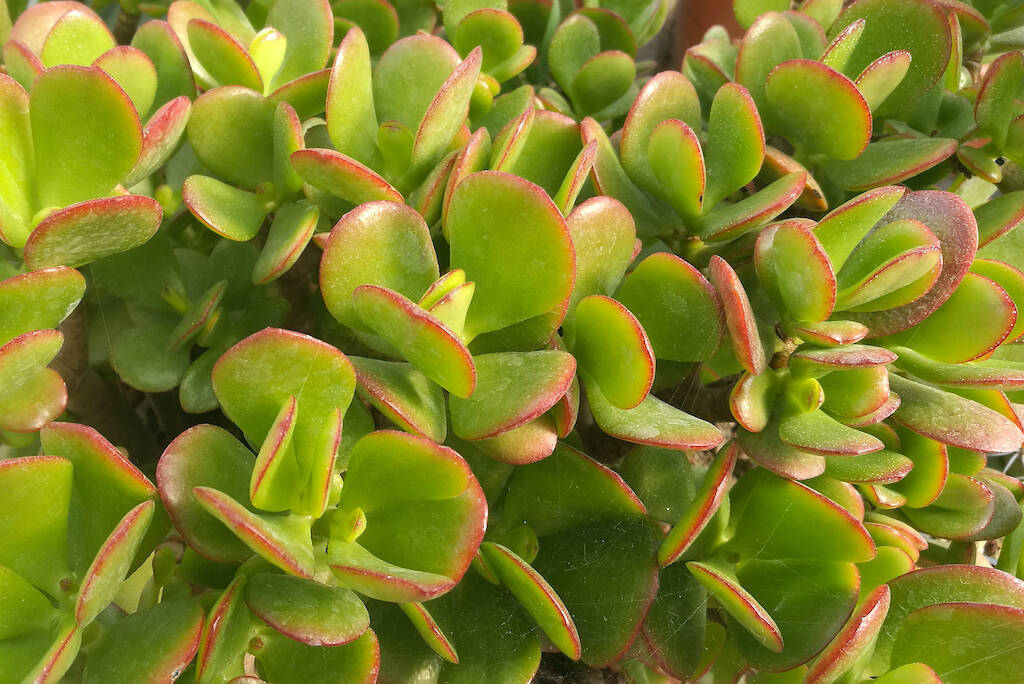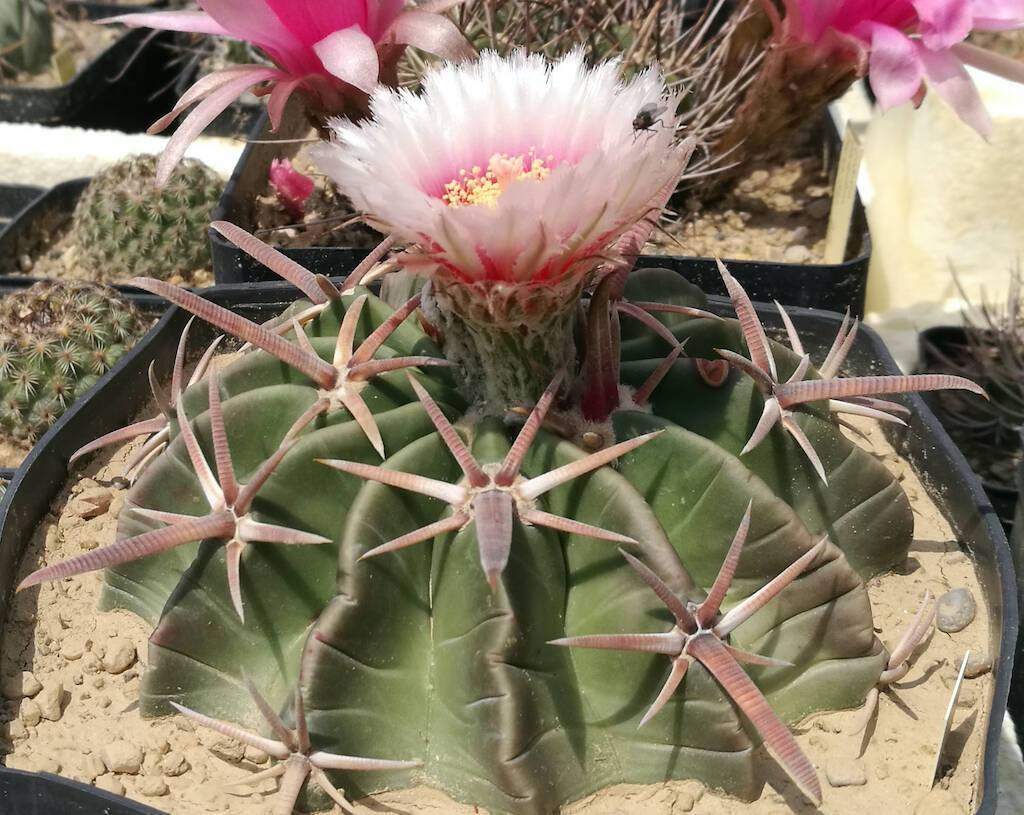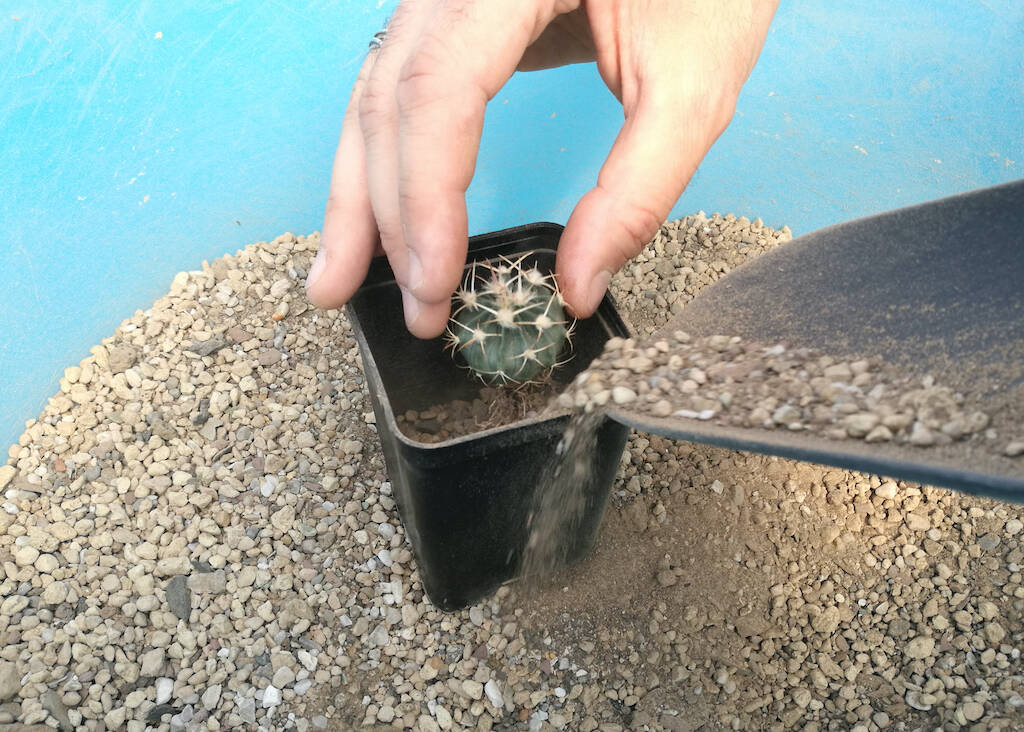Looking for photographs for some upcoming articles, I came across some old shots of my cacti in bloom. With a good digital camera and the right perspective, able to bring out the natural shadow in the background, cacti in full bloom are truly unbeatable “models” for artistic photos. You only need to find an illuminated area, place the plant so that the background is almost completely in the shade, so as to be black or otherwise shaded, and that’s it. There are also those who place a cloth or a black card behind the plants, but if you can simply get the natural shade it is even better because it can give the photo those dark shades that a completely black background is not able to provide.
Let’s see everything in detail in this article and especially in these photographs. (…)
Continue reading “Blooming cactus, a roundup of images and how to make artistic photographs”


